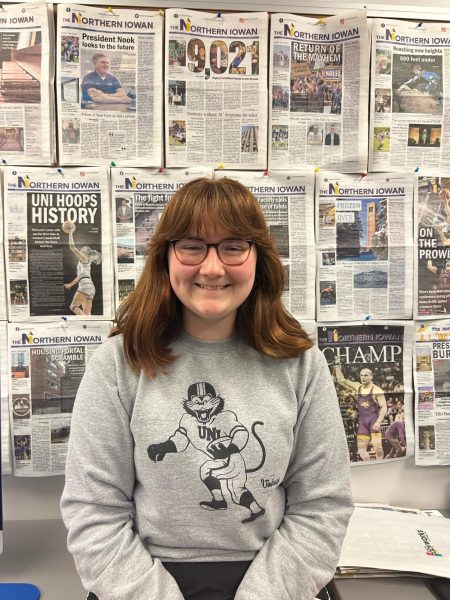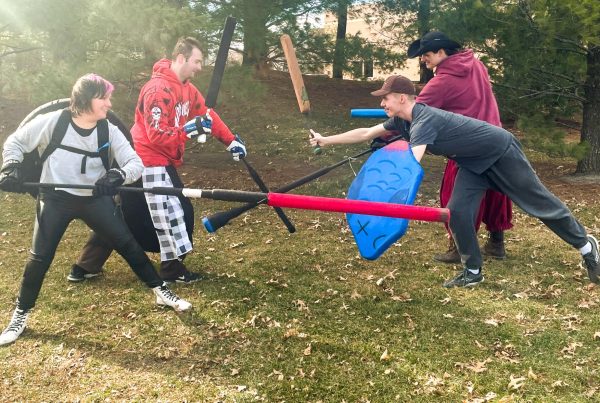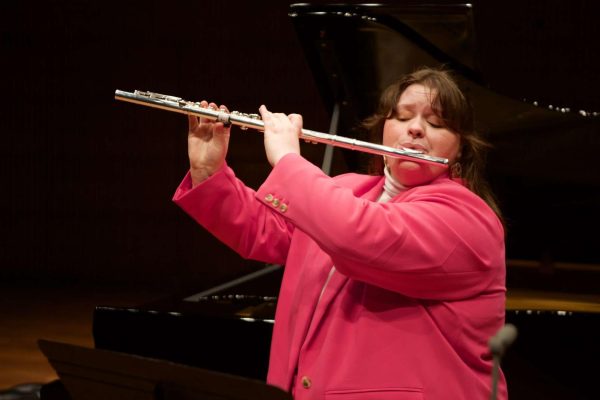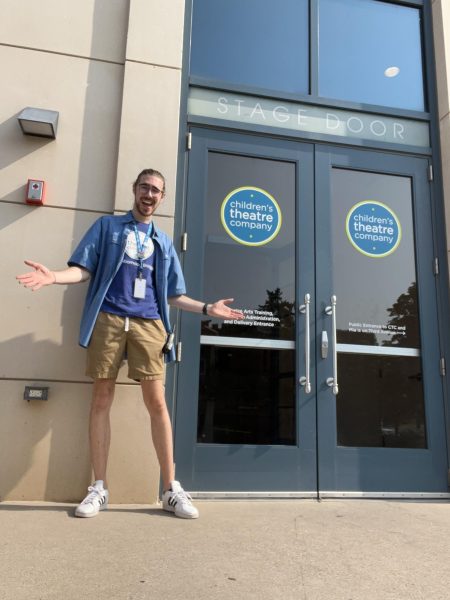Financial Literacy 101: Emergency Savings
Nov 21, 2019
With the first snowfall upon us, Cedar Falls is gearing up for the winter weather season. As magical as a winter wonderland may be, its dangerous road conditions, icy sidewalks and below-freezing temperatures can wreak havoc on students’ vehicles — and bank accounts. With winter right around the corner, it’s important for college students to know how to financially plan for emergencies.
According to Tom Blanford, commercial banking manager at Collins Community Credit Union, the most common emergencies he sees college students encounter are transportation expenses and unforeseen medical costs.
There are many different models for the recommended savings one should have when planning for emergency circumstances.
“The old school rule is three to six months’ worth of living expenses, which includes rent, utilities, groceries, gas, insurance and other regular costs,” Blanford said. “Newer models suggest you should be dividing your net income (what you take home after taxes) and putting 40 percent towards living expenses, putting between ten and 30 percent in savings and using the remainder for incidentals or personal use.”
However, even with all of the “conventional wisdom” out there, Blanford encouraged students to consider their situation on an individual level. The amount of money students should be saving for emergencies varies depending on their circumstances. For instance, if a student is not covered by their parents’ health insurance, it would be smart to save for unexpected medical expenses. Examining risk factors can help to determine how much money to save for emergency situations.
For students living on their own for the first time, $1,000 is a good amount to shoot for when creating an emergency fund. Though this may seem overwhelming at first, it could later prevent the added stress of being unable to pay for repairing a car transmission, for example.
If large numbers seem scary, Blanford recommended starting small to create good financial habits. It is good practice to either manually or auto-transfer a portion of each paycheck to savings. Over time, this will add up in monetary value and help to promote good savings habits in the future.
Many students are just getting started in their financial journeys when they are living independently for the first time, however, so a common issue stems from wanting to dip into savings to pay for personal items or incidental costs.
In order to keep emergency money separate from spending money, Blanford recommends setting up a savings account that is not connected to a debit or credit card. He explains that the more distinction made between savings and personal use, the better.
“[You can] use things like the Cash App, which allows you to do some initial investing by purchase shares of stock in incremental levels,” he said. “Even if you only have $10 to $25, you can use that app to start investing and get compounding interest to work in your favor.”
This is another method to help separate savings money from spending money, while also getting started with basic investing.
While separating money into different accounts or institutions can be beneficial for savings, Blanford cautioned against taking on more accounts than they can handle. If managing money becomes more of a chore, you may want to consider simplifying your finances. Also, it’s important to note that some institutions or accounts do charge maintenance fees. If you are taking on accounts from multiple institutions, be sure to check how much you are paying in extra fees.
“There are all kinds of apps that can help you track your spending,” Blanford said. “It comes down to just having some sort of tool to help you keep track of your spending, whatever you prefer.”
Having an idea of where your spending is going can help you to identify areas in which you overspend. According to Blandord, the hardest part is getting the resources and information one might need to succeed.
“I think the biggest thing I hear from our members is that they didn’t know the information or they didn’t know where they could go for help,” Blanford said. “I encourage people to go talk to their financial institution and not to be afraid to ask questions. I think people are sometimes scared to look like they don’t know or feel uneducated, but everyone has to start out somewhere.”
A big part of personal finance is trial and error to find the best system for each individual, especially when just getting started. If one financial strategy don’t work, Blanford encouraged students to be unafraid to reevaluate or try something new.
















